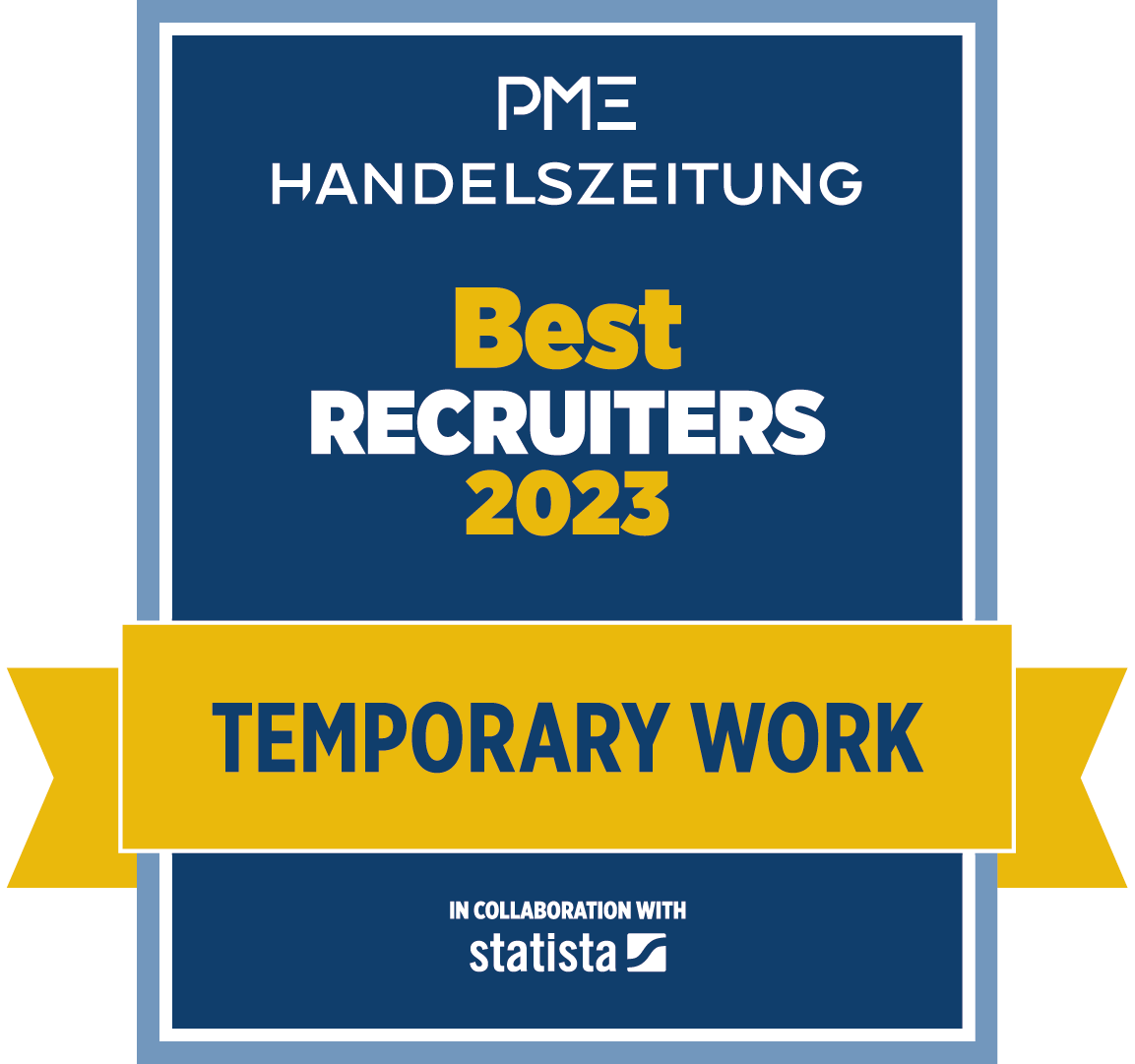Your practical guide to creating a successful career map in 2022

Dec 16, 2021
You get up every morning and go to work. Now and then, an interesting job posting catches your eye, or you notice someone in your field whose job you wouldn’t mind having. You’re doing ok, but you’re basically following the path of the least resistance in your company.
In 2022, don’t you want to achieve more? Maybe you’ve been influenced by the great resignation trend or you’re just ready to hone in on some long-term career goals.
The good news is that the beginning of a new year is the perfect time to reimagine your career approach. No matter where you are in your career, you should always know what your ultimate career objective is and how you’re going to get there. Otherwise, your career has no real direction, and you’re reacting to events instead of proactively creating opportunities. Fortunately, there’s a simple tool that can help you determine how to achieve your ultimate dream job: your personal career map.
Just like any map, your career map plots out a course to get you from point A to point B. That course is shaped by your ambitions and skills. For example, if you want to rise to the top of your profession quickly, then your career map should show you the fastest way to do so. Alternatively, if you’re more interested in having a variety of life-enriching experiences along the way, your career map should reflect this.
How do you go about creating your career map?
The first, most important step is to define your ultimate career goal. Do you want to move into management? Would you prefer to become a recognised expert in your field? Or are you looking to make a move to a different field altogether?
Once you’ve defined your career goal, evaluate whether your strengths support your goal. As Jane Porter points out in her Fast Company article “How to Make a Career Map That Actually Works,” building on your strengths will help you excel faster. If your strengths aren’t relevant to your goal, regroup and look for an objective that allows you to use your strengths. For example, if you’re a junior designer with an advertising agency but your real talent lies in communication and strategy, then you’d make a great account manager.
Next, determine what you need to achieve between now and your ultimate goal. What positions will you need to fill? What skills and/or qualifications are necessary? Is it a straightforward vertical climb through the ranks, or will you benefit from making lateral moves to gain a broader experience? Research each question thoroughly and make notes on your optimal path.
Decide if any of your life goals could have a negative or positive impact on your career path. Do you want to raise a family? Do you want to work overseas? Don’t overlook personal goals and how they tie into your career objectives.
Now, it’s time to put it all together
Write down where you are now, as well as your career objective. Draw an arrow between the two. Then write in each of the steps you’ll need to take along the way.
Using the same example as above, let’s say you’ve decided to pursue the route of account management and eventually move into the C-suite at one of the major international agencies. You’re interested in working overseas, and you also want to start a family within five years.
A logical career map would first be to talk to your current employer—who knows your strengths—about transitioning into account management. From there, successfully managing a number of high-profile projects will eventually propel you into senior account management. This would be a good time to either move to a large international agency and/or work overseas for a while. However, you can also remain with your first employer and climb even further through the ranks to upper management and the C-suite, from where you can make the step to an international agency if you still want to.
Think of your career map as your professional GPS. It knows where you are, where you want to be, and how you can get there. And like a GPS, it’s flexible and can re-route when necessary, because good and bad things can happen that can influence your journey. In the example above, becoming a parent might influence how quickly you advance or whether you spend time overseas. However, if your career goal remains the same, then you should always return to your career map to plan out an adjusted course.
It's been a difficult couple of years for everyone, and, understandably, many of us have put career goals on pause, or at least on the back burner. As we move into a brand-new year, why not reinvigorate your ambitions by drawing up a career map?



TIP: Here you can find tips on how to write a good CV (including a template).

Kelly Switzerland is part of Gi Group Holding.






